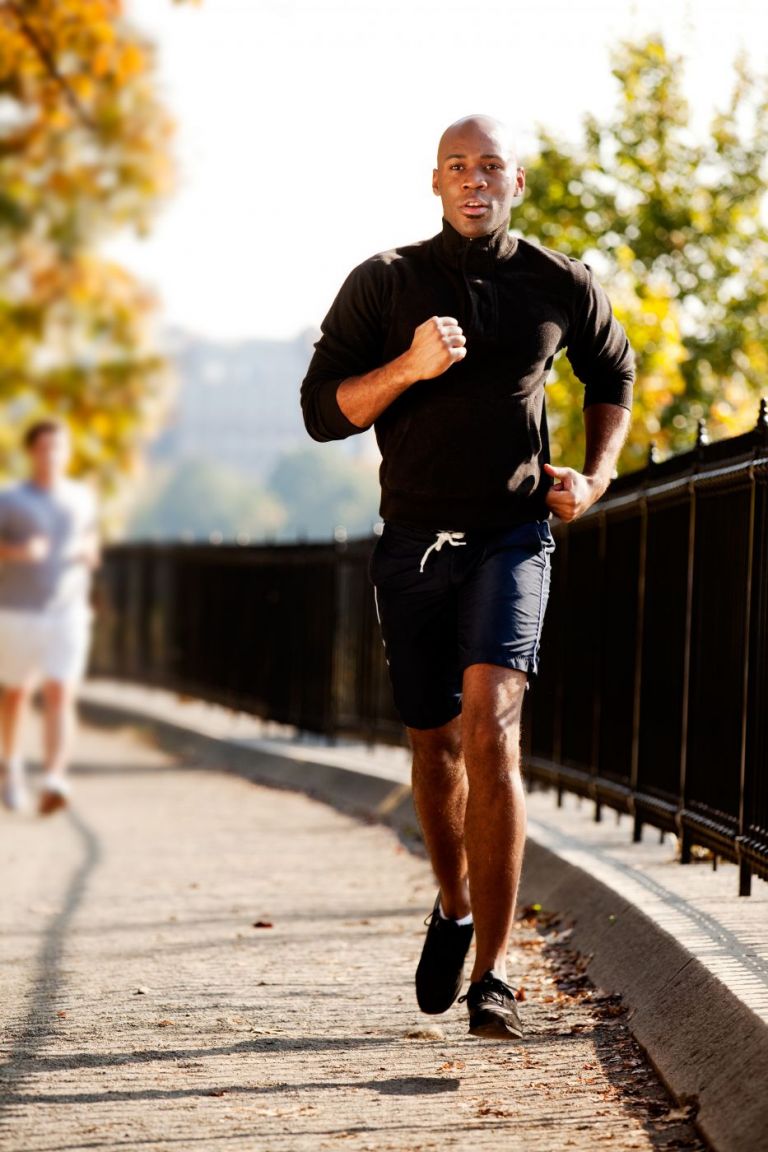Those of you who are runners know that we often focus intensely on logging miles and improving our cardio endurance. However, integrating strength training into your routine will be a game-changer for both recreational joggers and serious marathoners alike. This is crucial in improving performance, and more importantly, preventing injuries as you increase your miles. Let’s dive into why strength training is crucial for runners and how you can incorporate it effectively into your routine.
Muscles to Miles: The benefits of strength training for runners
- Injury Prevention: Running is a high-impact activity that places repetitive stress on muscles and joints. Strengthening muscles through resistance training helps balance muscle groups, reducing the risk of overuse injuries like runner’s knee or IT band syndrome.
- Improved Running Economy: Stronger muscles and tendons can generate more power with each stride, making your running more efficient. This efficiency translates into better performance, whether you’re aiming to run faster or farther.
- Enhanced Endurance: Endurance isn’t just about cardiovascular fitness; it also involves muscle endurance. Stronger leg muscles can maintain performance over longer distances without fatiguing as quickly.
- Speed and Power: Strength training can improve your sprinting ability and overall speed. Building power in muscles like the glutes and hamstrings enables you to kick harder when you need that final burst of speed.
Key exercises for runners
When incorporating strength training into your routine, focus on exercises that target the muscles most engaged in running.

Squat to calf raise
Strengthen the quadriceps, hamstrings, and glutes.

Bulgarian split lunges
Improve hip stability and strengthen quads and glutes.

Side hip abduction
Build strength in the glute medius for hip stability and balance.

Lateral step up
Builds glute max and lateral glute muscles.
Adding strength training to your running regimen
Integrating strength training doesn’t mean sacrificing your mileage. Here’s how to balance both effectively:
- Schedule It: Aim for 2-3 sessions per week, ideally on non-consecutive days to allow for recovery.
- Start Gradually: Begin with bodyweight exercises or light weights to focus on proper form and prevent injury.
- Progress Over Time: Gradually increase the intensity and weight as you get stronger.
- Prioritize Recovery: Allow adequate time for rest and recovery between workouts to maximize the benefits and prevent overtraining.
Run stronger and longer with these strength training tips
Remember, strength training is not a substitute for running, but a complement to it. By incorporating these exercises into your routine, you’ll build a stronger, more resilient body that supports your running goals. Whether you’re aiming for a new personal record or simply looking to enjoy your runs more, investing in strength training can make a significant difference in your journey as a runner. Embrace the challenge, listen to your body, and watch as your strength on the track or trail improves with each step.

Our PTs are ready to get you ready for running season!
If you’re ready to lace up and get moving, be sure to approach the running season slowly. If you have any questions about how to avoid running injuries while increasing your performance, whether you’re aiming for longer distance or faster speeds, we can help. Our passion is to help everyone reach their goals.


